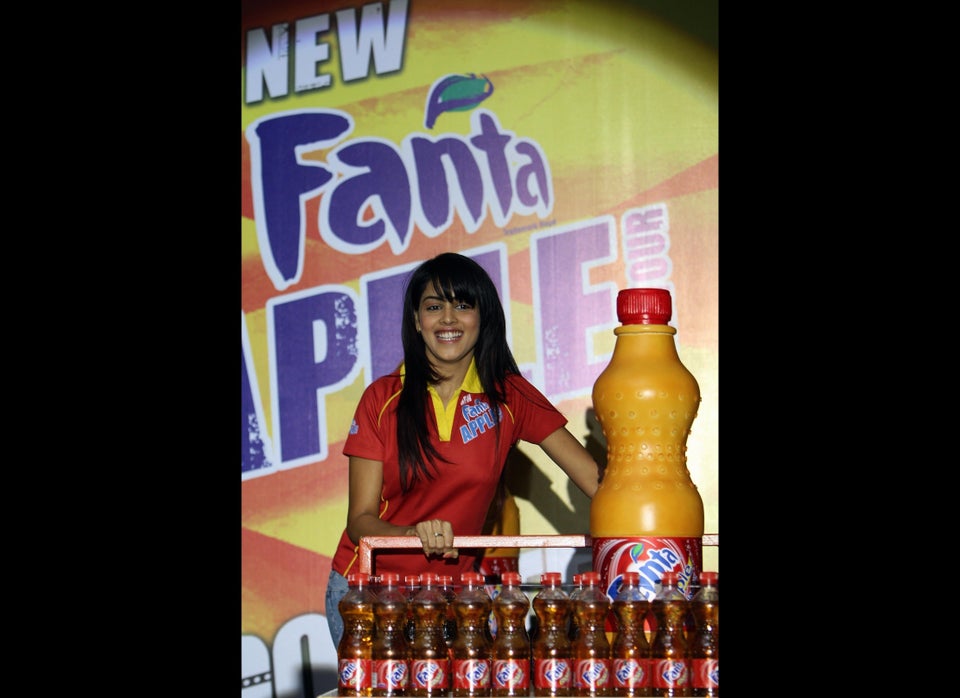
Over the past 24 hours, it's become clear that the surest way to draw attention to a story about soda laws is to include the word "Bloomberg" in the headline.
Exhibit A is the clamorous public reaction to a federal judge's decision to strike down Mayor Michael Bloomberg's restrictions on the sizes of sugar-sweetened beverages that can be sold in New York City -- a day before the restrictions were to take effect. Even Sarah Palin weighed in on the ruling. (She called it a "victory for liberty-loving soda drinkers.")
The "Bloomberg" label also drew eyeballs to the Mississippi Senate's passage of a law preventing towns and cities from limiting soda sizes or mandating calorie counts in restaurants. Once SB 2687 was dubbed the "Anti-Bloomberg Bill," it was hailed (and vilified) as a defiant reaction to New York City's paternalism regarding soda.
Meanwhile, the news that a proposal to tax soda in Hawaii had died in the state Senate's Ways and Means committee at the beginning of March was greeted with the chirping of crickets. And an unusually dramatic battle over soda taxes in the Vermont House hasn't exactly made it to the "Today Show."
To some extent, this disparity makes perfect sense: almost twice as many people live in New York City as in Vermont, Mississippi and Hawaii combined. And Bloomberg is an unusually high-profile mayor, for a host of reasons.
But when it comes to soda laws, the focus on Bloomberg and New York City may be misguided, because New Yorkers drink far less soda than people in many other parts of the country. Surveys show that less than 30 percent of New York City residents drink sugar-sweetened beverages on any given day -- compared to about half of all Americans.
Data provided to The Huffington Post by GrubHub suggests that New Yorkers are particularly unenthusiastic about large sizes of soda. They order 20 percent less soda than the average GrubHub customer nationwide, and 55 percent less liter bottles of soda. And New Yorkers actually have ordered cans of soda about 10 percent more often since the announcement of the large-format soda ban, according to GrubHub.
That's not to say that trying to reduce New York's sugar-sweetened beverage consumption is pointless. Black and Hispanic New Yorkers drink soda at rates much closer to the national average and have a higher risk of obesity than their white counterparts, so the law, if it ever goes forward, could have some very important health benefits. But the impact of similar laws in other places could be even higher -- meaning if media coverage of this issue is about public health as much as Mayor Bloomberg's personality, attention must be paid.
